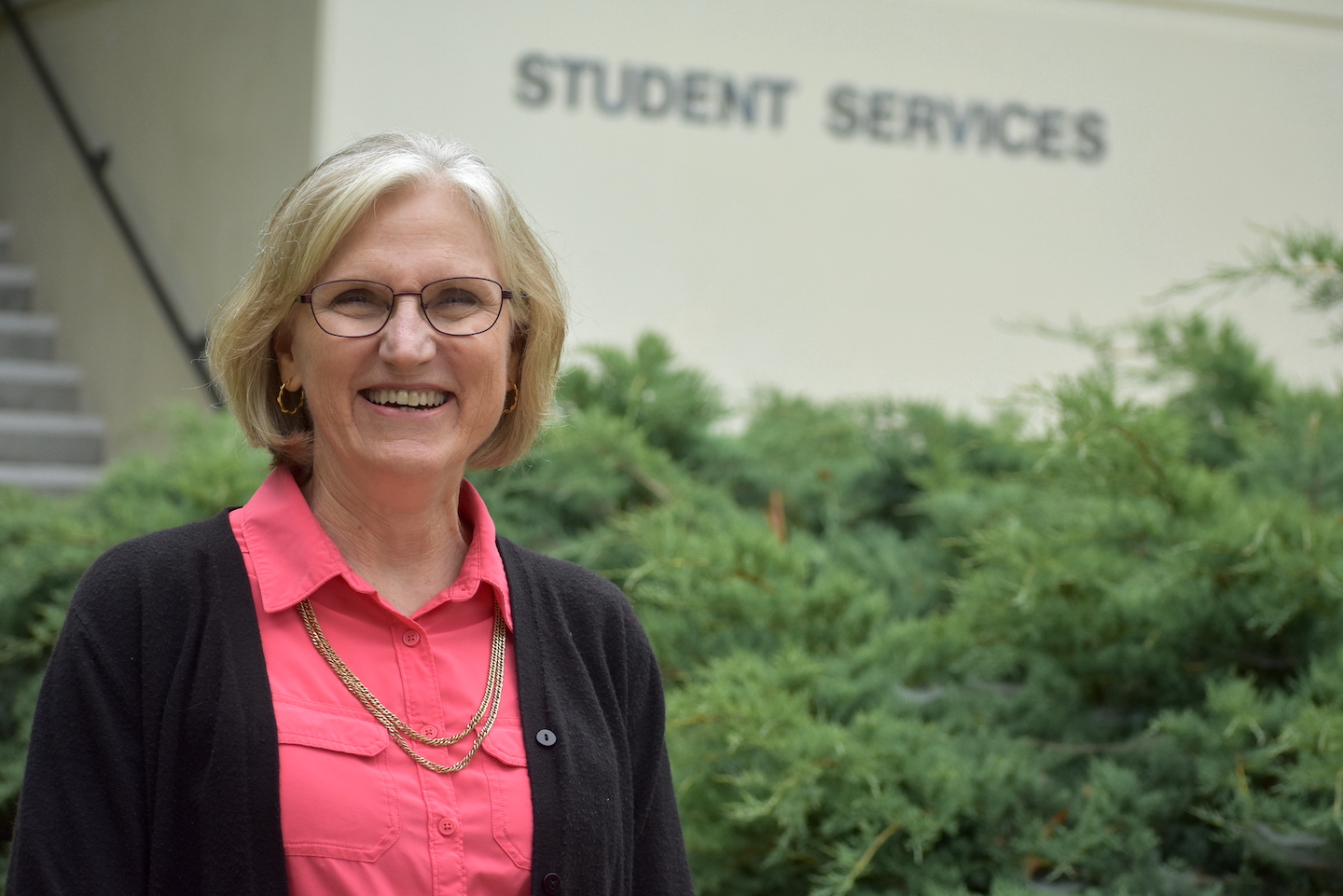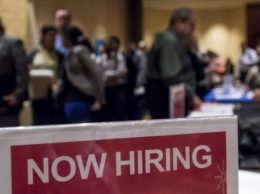Gender pay gap has faded away among region’s younger workers
IN THIS ARTICLE
- Latest news Topic
- Luc Le and pacbiztimes Author
By Luc Le and pacbiztimes Thursday, May 26th, 2022

Historically, women in America have earned lower average wages than men. But according to a recent study by the Pew Research Center, the wage gap among people under 30 has significantly narrowed in some areas, including the entire tri-county region.
Recent Pew analysis of the 2019 American Community Survey, an annual Census Bureau program and the largest household survey in the United States, revealed there are 22 metropoiltan areas in which women between the ages of 16-29 who work full time earn just as much or more than men of the same age, out of 249 areas studied.
Those include the metro areas of Santa Barbara, Oxnard-Ventura and San Luis Obispo, each one of which covers its entire county. In each area, women and men aged 16-29 earned about the same average salaries, roughly $32,000 per year. The study was based on census data from 2015 to 2019.
The report studied full-time, year-round workers, defined as people who “worked at least 50 weeks in the year prior to the interview date and usually worked at least 35 hours per week.”
The statistics and forward movement are encouraging, said Janna Mori, the student program advisor at Santa Barbara City College’s Career Center.
“I thought back to all the women that have gone before us and brought us to this day, and how encouraging it was,” Mori said. “It’s a fight. It’s been a fight for a long time.”
Mori works with young adults finding their career and making career decisions while attending SBCC. Equity is a “huge conversation on campus,” Mori said, adding that fair wages and equal employment fall under that umbrella as well.
Pew Research’s analysis found that among workers under 30, women made 93% of men’s wages nationwide. However, that wage gap varied depending on geographical area — in western metro areas, for example, women under 30 earned 95% of men’s pay, while in the Midwest, women earned 90%.
Eileen Boris, a professor of feminist studies at UC Santa Barbara and an expert on women’s labor, said that much of the historical wage gap comes from what’s known as “occupational segregation,” in which women were often placed in “feminized” jobs, such as administrative roles, which usually paid far less.
But as the rate at which women seek higher education — especially in the fields of technology and medicine — has increased over time, so too has their ability to compete for more specialized and higher-wage jobs.
Boris said that while the lessening wage gap in younger demographics is encouraging, the real wage disparity between women and men often comes later in their careers.
“Into their late twenties, women and men in their first jobs earn about the same,” Boris said. “But something happens later on. And that’s because we still put the burden of childrearing on those deemed ‘women.’”
Because women are more likely to be tasked with caring for children, Boris said, they’re often forced to take more time out of work than their male counterparts — and thus are more likely to be passed up for raises or promotions.
“The question is, what are we going to do to mitigate the growing wage gap as people have children?” Boris said.
Some students are building their professional pathways early at Cuesta College in San Luis Obispo County. Students there take on internship training opportunities, because there’s learning embedded in those structures of work, said Shamarah Giannetto, the employment services coordinator at the college’s Career Connections office.
People who go from internships to permanent employment are usually able to negotiate a higher wage because “they have the professional experience and then they also have the paper experience,” such as the degree or the certification, Giannetto said.
With internships and work-based learning, “what we find is students are able to negotiate a higher rate because they have been working in an industry where they have the skill sets,” Giannetto said.
In general, women have received more education in recent years than men, said Chris Thornberg, a founding principal at Beacon Economics. It has been “a trend for a while in the U.S.,” he said.
“Just on the sheer basis of human capital accumulation, one would anticipate this is going to start occurring,” he said of the closing of the wage gap among younger workers. “Ergo, even controlling for choice of occupation, you’re going to see women’s earnings rise.”
In an email to the Business Times, Julia O’Hanlon, the communications associate working with Pew Research Center’s social and demographic trends experts, said the organization does not have data on which industries are contributing to the shrinking wage gap in many cities.
The Ventura Unified Education Association is the local union representing over 800 educators at public schools in Ventura, about 70% of them classroom teachers. There is a salary schedule, so teachers who do the same type of job get about the same pay, with bonuses for extras like advanced degrees.
That doesn’t leave room for gender-based wage differences. But it doesn’t mean the jobs are totally equitable. Teachers in the youngest grades tend to work longer hours, and those teachers are predominantly women, said Ventura Unified Education Association President Dan Nelson.
“They typically, in the past, have been asked to do more for the same pay,” Nelson said. “If you just look at the take-home salary, you are looking equitable. But when you look at the hours put in, it can get not equal.”
Elementary school and special education teachers “way overwork their hours,” which are officially 7 hours and 15 minutes a day under the district’s union contract, Nelson said.
The medical industry is one of the biggest employers in the Tri-Counties. According to a white paper released in 2020 by National Nurses United, the largest organization of registered nurses in America, more men have entered the profession in recent years, and at the same time, the wages of many nurses have risen through collective bargaining.
“However, within the nursing profession itself, the labor of female nurses continues to be undervalued relative to their male nurse counterparts,” the union report said. “With respect to wages, even though men make up less than 12% of registered nurses, a recent study examining the gender wage gap for registered nurses found that ‘male RNs (registered nurse) outearned female RNs across settings, specialties, and positions’ with male nurses making over $5,100 more than female nurses each year.”











